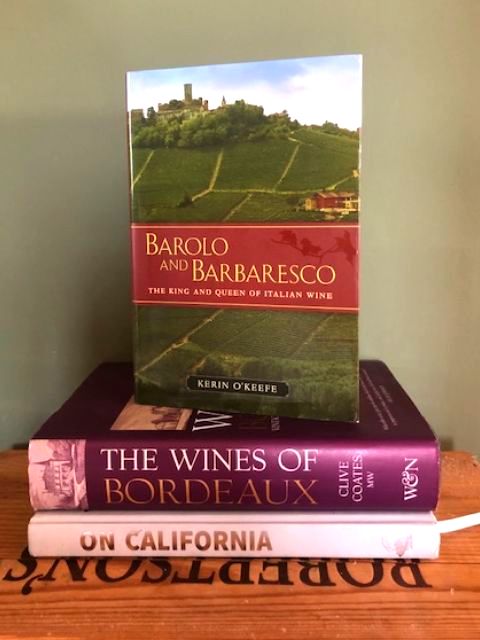
Our focus on Italian wine occurred fairly organically. The business began with a decent collection of Burgundy and Bordeaux but, through customer interest and some chance encounters in the wine industry, we began to stock more and more Italian wines.
With this increase in stock came a sudden need for better knowledge and a more in depth understanding of regions and producers. We travelled and went to tastings where possible but Covid really scuppered our plans for exploration. With little option we turned to books and articles written on the subject to provide us with the necessary tools to tackle such a varied landscape.
One of the best books we came across in our search is Barolo and Barbaresco: The King and Queen of Italian Wine by Kerin O’Keefe. O’Keefe is a prominent wine writer who has worked for most of the big online wine publications as well as writing a number of books. Her specialist subject is Italian wine which she cites as the result of marrying an Italian and being introduced to the pleasures of food and wine.
Barolo and Barbaresco are not the only wines produced in Italy but they certainly excite the kind of cult like following that Burgundy does. For two small regions whose wines are made using one grape variety there are countless producers and a myriad of differences between them. They also attract the sort of wine lovers who are passionate about their chosen subject and like to know all they can. It was therefore imperative for us to make sure we could keep up.
One of the great things about the book is O’Keefe’s passion for the subject and the clear amount of time, effort and research that has gone into putting it together. The region is one she knows well from time spent there and a large number of the producers she has met and spoken to in person.
She also attempts to approach the book in an objective style. Whilst she has a connection to Italy and Piedmont, she is not Italian, and she tries to allow her perspective as an outsider to find balance in the opinions many have on the subject of Barolo and Barbaresco. Having said this, she does have a tendency to veer towards the romantic. But then again, so do most when it comes to Piedmont.
The book has been organised in three parts: the first focuses on the two regions and their history of winemaking; the following two on the villages and their producers. Although not all producers are featured in the book, O’Keefe has done a good job of covering as many as possible and ensures all the key names are in there. She has even gone so far as to list each producers vineyard holdings, size of production, winemaking processes and a description of their main wines.
The book is not short on details and facts about current production, but it also discusses the important issues concerning the future of the Piedmontese wine industry from the perspective of those it truly affects: the growers and producers.
Whilst you could use this as a reference guide it is actually a lovely book to sit and read through as a whole. O’Keefe has a gentle, meandering writing style that draws you into the region and its landscape. Interspersed with stories of her own time in Piedmont as well as those told to her by locals and producers alike, it has a touch of travel writing about it that elevates it from your average wine book.
Luckily the book is still in print and available from a number of online retailers. Only printed in hard cover it isn’t the cheapest (roughly £25-£30 a copy) but there are some good second hand options out there.
